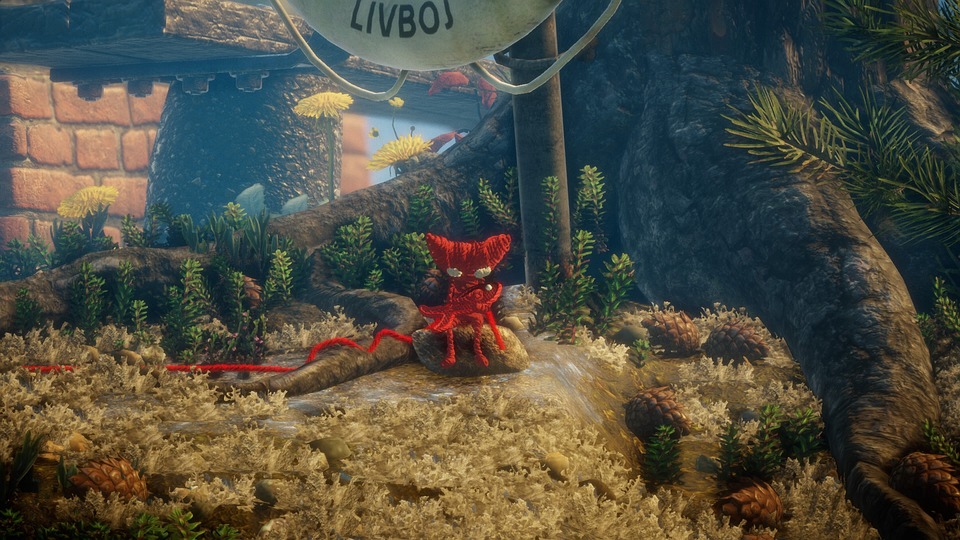The Mysteries of Nature: Strange and Surprising Facts About the Natural World
Nature has always fascinated humankind with its countless wonders and mysteries. From the depths of the ocean to the vastness of the universe, there are phenomena that continue to baffle and amaze us. In this article, we’ll dive into some of the strangest and most surprising facts about the natural world.
A Symphony Underwater
Did you know that whales and dolphins sing to each other using a variety of tones and frequencies? They are capable of producing complex and beautiful songs that can travel for hundreds of miles underwater. Whales even have their own form of language, which evolves and changes over time.
The Immortal Jellyfish
Imagine being able to live forever. Well, a particular species of jellyfish, known as Turritopsis dohrnii, comes close to this concept. When faced with stress or injury, this jellyfish can revert its cells back to an infant state, essentially starting its life cycle from scratch. Researchers are studying this process in hopes of unlocking the secrets to human longevity.
The Leaping Fish
The flying fish is not only capable of breathtaking aerial maneuvers, but also of traveling on land. While the fish is primarily designed for gliding over water to escape predators, recent studies have shown that it can also dash for short distances on land, using its fins to propel itself.
Mushrooms: Not Really Roots of Plants
Most people think of mushrooms as fungi that grow either in the ground or on wood; however, they are not actually the root of any plant. In fact, they are the fruiting bodies of the actual fungi, which live beneath the surface and help decompose dead matter.
The Ozone Layer
People often take the ozone layer for granted, but it plays a crucial role in protecting life on Earth. This invisible shield protects us from the sun’s harmful ultraviolet radiation. In the 1980s, scientists discovered a massive hole in the ozone layer, which was largely caused by man-made chemicals. Since then, the international community has worked to reduce harmful emissions, resulting in a slow but steady recovery of the ozone layer.

FAQs:
- What causes whale communication?
Whale communication is believed to be driven by a combination of factors, including mating rituals, socialization, and the need to warn others of potential dangers. Researchers are still working to fully understand the intricacies of whale language.
- Are all jellyfish capable of becoming immortal like Turritopsis dohrnii?
No, only Turritopsis dohrnii and a few related species have the ability to revert their cells back to an infant state. This unique trait is not common among the majority of jellyfish species.
- Do flying fish really run on land?
Although it is relatively rare and can only travel short distances, flying fish can indeed leave water and dash over land using their pectoral fins. However, this is generally done as a last-ditch effort to escape from predators.
- Where do mushrooms get their nutrients from?
Mushrooms obtain their nutrients by decomposing dead organisms or other forms of organic matter. They play a crucial role in breaking down this matter and recycling the nutrients back into the ecosystem.
- How can we protect the ozone layer?
To protect the ozone layer, it’s essential to reduce the use of ozone-depleting chemicals, such as chlorofluorocarbons (CFCs). Governments worldwide have regulated the production of CFCs, and many countries have taken steps to phase them out entirely. Everyone can do their part by choosing products that do not contain CFCs and being mindful of their environmental impact.
The natural world holds many secrets and mysteries waiting to be discovered. As we continue to explore and learn, we deepen our understanding and appreciation for the intricacies of the world around us.


